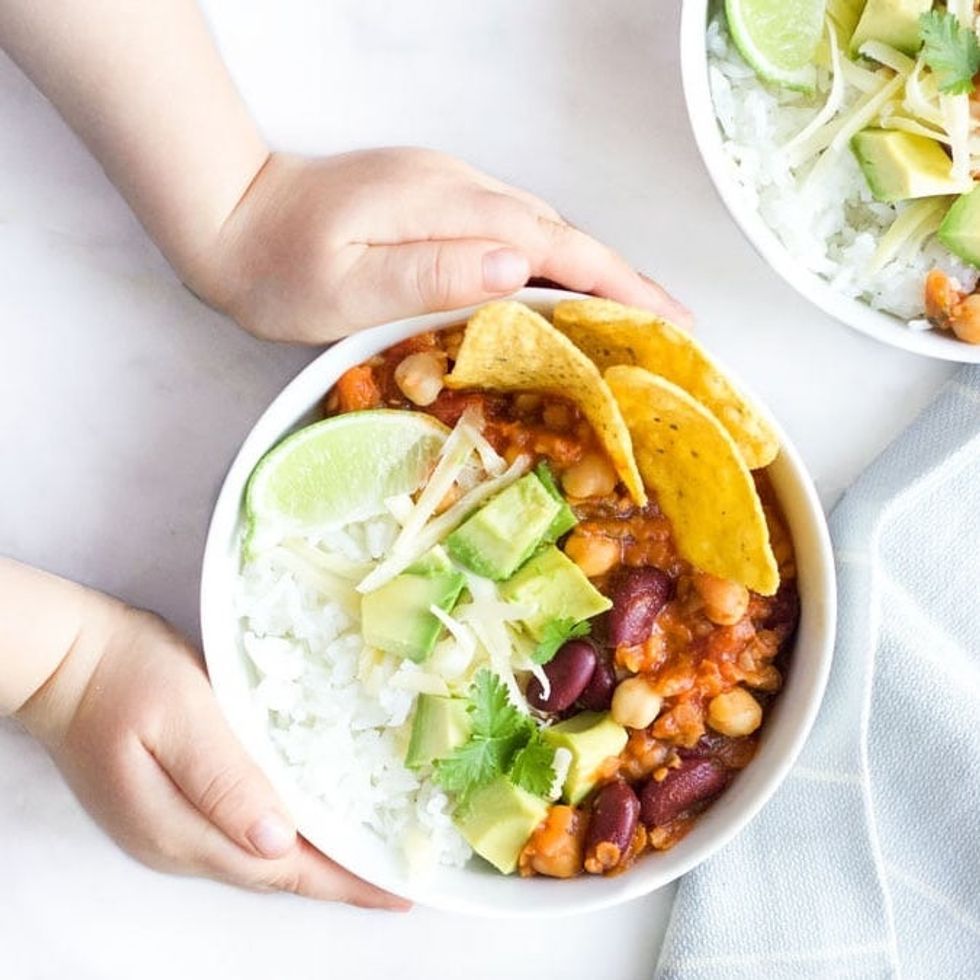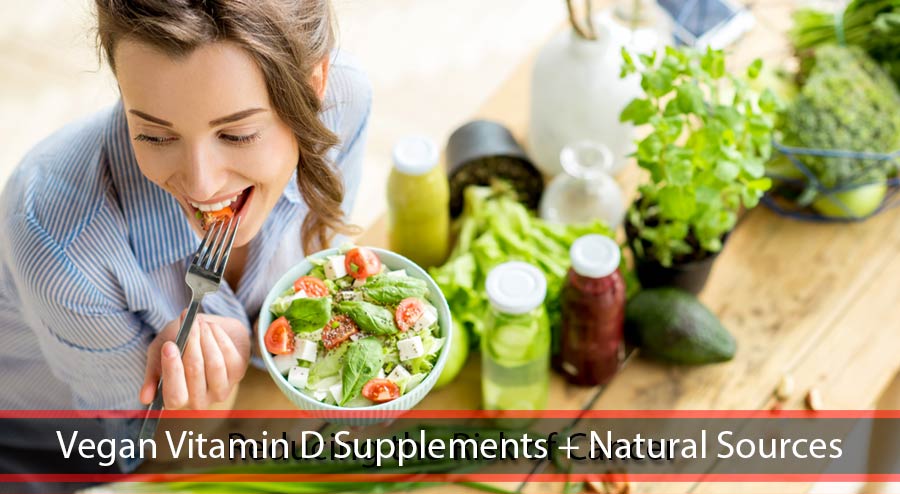
Inika's mission is to create organic and clean beauty products without the use of toxic chemicals. As pioneers of the vegan makeup industry, they have set strict criteria for their products, only including natural ingredients. This makes their makeup gentle on the skin, and kind to animals. To help you make the switch to cruelty-free makeup, they also offer a FREE slow fashion e-book.
Nature's Nude
Nude By Nature is a great option for cruelty-free vegan cosmetics. They are committed to the movement to eliminate animal testing in cosmetics. Despite the fact that many companies still test animals, scientific methods are improving and alternatives are becoming more common.

Jeffree Star's make-up line
Jeffree Star Cosmetics, a YouTube phenomenon, is probably familiar to makeup lovers. Leaping Bunny accredited the line and PETA certified many of its products as vegan and cruelty-free. Jeffree Star is a controversial brand. However, it stands behind its commitment to cruelty-free products and values.
KVD Vegan Beauty
The KVD cruelty free vegan makeup line is a recent addition to the KVD cosmetics line. These products are sold at many third-party retailers. However, you should be aware that some older formulas from KVD may contain animal products. Metal Crush might have carmine in its lipstick shade. Carmine is a dye made with animal remains. LVMH is also the owner of KVD. This company conducts animal testing as part of its product development.
Burt's Bees
Burt's Bees is a cosmetics company that makes and markets a range of popular skincare and makeup products. They use organic and natural ingredients and try to use minimal processing. Their products are free from animal testing or parabens and they use sustainable sourcing. This ensures that their products don't pollute the environment and that they give back to the communities they serve.
Hynt Beauty
Hynt Beauty, a luxurious vegan cruelty-free makeup brand, uses only the best natural ingredients. Their line is free of carcinogens, silicone, talc, and parabens. Hynt Beauty products contain no nanoparticles, which means they are completely safe to use on vegans.

Inika
Inika is an Australian beauty brand that uses natural, organic and cruelty-free ingredients. The brand's makeup is formulated using pure minerals and botanicals to hydrate the skin. The brand offers a variety of colors and brushes that can be used to suit different skin types. Inika uses eco-friendly materials at all stages of production. This includes recycling packaging.
FAQ
What is the difference of a virus from a bacteria?
A virus is a microscopic organism that cannot reproduce outside its host cell. A bacterium, a single-celled organism, reproduces by splitting into two. Viruses are very small (about 20 nanometers) while bacteria are larger (up to 1 micron).
Viruses spread easily through contact with bodily fluids infected, including saliva and urine, semen, vaginal secretions or pus. Bacteria is usually spread directly from surfaces or objects contaminated with bacteria.
Viral infections can be transmitted through skin cuts, scrapes and bites. They can also enter the body through the nose and mouth, eyes, ears or rectum.
Bacteria can get into our bodies through cuts, scrapes and burns, insect bites, or other skin breaks. They can also be introduced to our bodies by food, water and soil.
Both viruses and bacteria can cause illness. But viruses can't multiply within their host. They can only infect living cells and cause illness.
Bacteria can multiply within their hosts and cause illness. They can infiltrate other parts of the body. To kill them, we must use antibiotics.
What are 10 healthy lifestyle habits?
-
Every day, eat breakfast.
-
Don't skip meals.
-
Maintain a balanced diet.
-
Drink plenty of water
-
Take care your body.
-
Get enough sleep.
-
Avoid junk food.
-
Do some exercise every day.
-
Have fun!
-
Find new friends
What is the working principle of an antibiotic?
Antibiotics can be used to kill bacteria. To treat bacterial infections, antibiotics are used. There are many different types of antibiotics. Some are administered topically, while others are given orally.
Antibiotics are often prescribed to people who have been exposed to certain germs. To prevent shingles, an oral antibiotic may be prescribed to someone who has had chicken pox. Penicillin might also be administered to someone with strep throat. This will help prevent the possibility of developing pneumonia.
When antibiotics are given to children, they should be given by a doctor. The possibility of side effects that can cause serious side effects in children is greater than for adults.
The most common side effect associated with antibiotics is diarrhea. Other side effects possible include dizziness, nausea, vomiting, stomach cramps, stomach pains, dizziness and allergic reactions. These symptoms usually go away after treatment ends.
Statistics
- WHO recommends reducing saturated fats to less than 10% of total energy intake; reducing trans-fats to less than 1% of total energy intake; and replacing both saturated fats and trans-fats to unsaturated fats. (who.int)
- WHO recommends consuming less than 5% of total energy intake for additional health benefits. (who.int)
- The Dietary Guidelines for Americans recommend keeping added sugar intake below 10% of your daily calorie intake, while the World Health Organization recommends slashing added sugars to 5% or less of your daily calories for optimal health (59Trusted (healthline.com)
- This article received 11 testimonials and 86% of readers who voted found it helpful, earning it our reader-approved status. (wikihow.com)
External Links
How To
What does the meaning of "vitamin?"
Vitamins can be described as organic compounds found in food. Vitamins help us absorb nutrients in the foods we consume. Vitamins are not made by the body, so they must be obtained through food.
There are two types vitamins: water soluble or fat soluble. Water-soluble vitamins dissolve easily when they are dissolved in water. Some examples include vitamin C,B1 and B2 vitamins (thiamine), B2 and riboflavin, B3 and niacin, B6 vitamins (pyridoxine), B6 vitamins (niacin), folic acids, biotin, pantothenic acids, and Choline. Fat-soluble vitamins are stored within the liver and in fatty tissue. Vitamin D, E, K and A are some examples.
Vitamins can be classified by their biological activity. There are eight major types of vitamins.
-
A - essential for normal growth and maintenance of health.
-
C - essential for proper nerve function, and energy production.
-
D - essential for healthy teeth and bones.
-
E - needed for good vision and reproduction.
-
K - Required for healthy nerves and muscles.
-
P - essential for strong bones, teeth and tendons
-
Q - aids digestion and absorption of iron.
-
R - Required for red blood cell production
The recommended daily allowance for vitamins (RDA) varies according to age, gender, or physical condition. The U.S. Food and Drug Administration (FDA) sets the RDA values.
For example, the RDA for vitamin A is 400 micrograms per dayfor adults 19 years or older. Pregnant mothers need 600 micrograms a day to ensure fetal growth. Children ages 1-8 require 900 micrograms per day. Infants below one year of age need 700 micrograms daily. But, between 9 months to 12 months of age, the amount drops to 500micrograms per days.
Children aged 1-18 require 800 micrograms of sugar per day, while those who weigh more than 1200 need 1000. For their nutritional needs, underweight children need 1200 mg per day.
Children 4-8 years old with anemia will need 2200 mg of vitamin D daily.
2000 micrograms per person is necessary for general health. Due to their increased nutrient needs, pregnant and breastfeeding women need 3000 micrograms daily.
Adults over 70 require 1500 micrograms each day, since they lose approximately 10% of muscle mass each decade.
Women who have been pregnant or are lactating require more than the RDA. Pregnant women need 4000 micrograms per dayduring pregnancy and 2500 micrograms per day after delivery. Breastfeeding mothers need 5000 micrograms per day when breast milk is being produced.